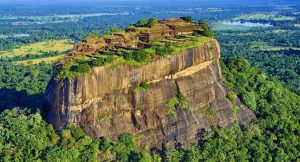Last Updated: September 9, 2019 Nidhi Singh
India is the home to some of the finest mosques and holiest Dargahs. A country where Islam is the second largest religion, India is indeed a place where this great religion has not only flourished but has been immensely respected and adored. From the northern states to the southern parts of the country, a follower of Islam can find a number of holy places to bow down or even prostrate. Here are some of the best places that every Muslim must visit in India.
Jama Masjid, Delhi
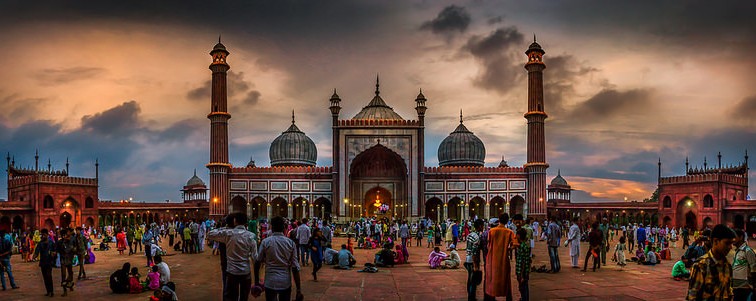
Photo: https://goo.gl/4wiXlb
Reckoned to be the largest mosque in India, Jama Masjid is amongst the top must visit places for Muslims in India. The sacred mosque was built by the Emperor Shah Jahan in the year 1650 with the aid of 5000 workers over the period of 6 years. The mosque has been designed by Ustad Khalil, who was known to be the great sculptor of his time and apart from its pious ambiance is also known for its architectural grandeur. The carvings made in the mosque is exceptional and the major highlight here is that none of the domes are of similar height; each dome is different from the other. It is said that it was customary for the emperor and his courtiers to visit the mosque every Friday for attending ‘Jumme ki Namaz’, the congressional prayer. It is indeed one of the most significant holy places of Islam in India.
Dargah Qutub Sahib, Delhi
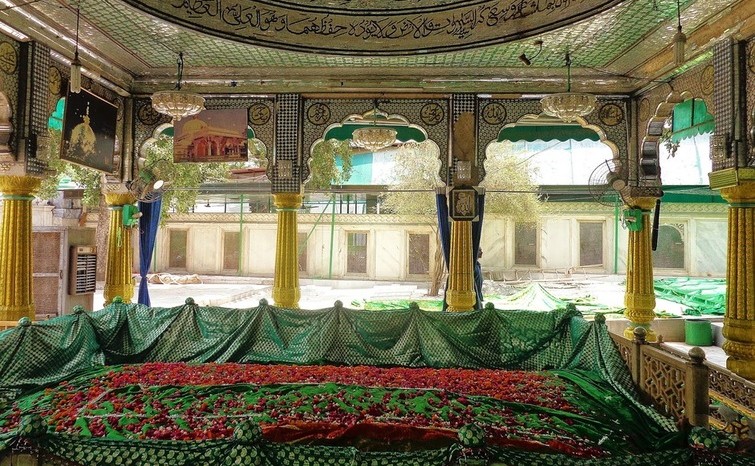
Photo: https://goo.gl/tVca2z
Another place that seems significant for Muslims in Delhi is the Dargah Qutub Sahib. Situated near Gandak ki Baoli in the Mehrauli village, some 400 meters away from the Adham Khan’s tomb, Dargah of Hazrat Qutbuddin Bakhtiyar Kaki holds high regards for people of Islam religion. Hazrat Qutubudddin was the disciple and spiritual successor of Hazrat Khwaja Moinuddin Chishti of Ajmer. It is believed that several high esteem rulers like Bahadur Shah I, Shah Alam II and Akbar II lie buried in the various enclosures around the saint’s grave. It is also believed that one, who truly believes in the saint, makes a wish by tying a thread near the grave.
Hazratbal Shrine, Srinagar

Photo: https://goo.gl/4SvqL2
Situated on the western shores of Dal Lake in Srinagar, Hazratbal Shrine is the most important Islamic site in Kashmir. The main significance of Hazratbal Shrine lies in the fact that it houses a strand of the hair of the Prophet Mohammad and it is the big reason the Dargah is counted in most religious places for Muslims in India. Done in white marble, it dates back to the 17th century and ever since has been the centre of attraction in Kashmir region.
Ajmer Sharif

Photo: https://goo.gl/bPBJRw
Reckoned to be the most popular place of Islam in India, Ajmer Sharif Dargah in Rajasthan is indeed a religious destination that no Muslim should miss. It is said that no prayer at this Dargah ever goes unanswered and that is why one can see the place crowded all through the year. People of all religion are welcome here. The shrine is the resting place of the Gharib Nawaz Hazrat Khwaja Moinuddin Chisti and is the oldest and biggest Dargah in South Asia.
Sheikh Salim Chishti Dargah, Fatehpur Sikri, Agra-Jaipur Highway

Photo: https://goo.gl/vTgScg
Adorned with white marble, the tomb of Hazrat Sheikh Salim Chishti occupies a prominent position among the sacred places of Islam in India. Built by Mughal Emperor Akbar, it is situated at the imperial complex of Fatehpur Sikri. Hazrat Sheikh Salim Chishti predicted that the Akbar would father three sons and the prediction came true, and Akbar’s son Jahangir was named as Salim after the saint, and raised by the Sufi holy man. It is to honour the great saint, Mughal Emperor Akbar commissioned this Dargah. Every Thursday, thousands of locals visit the shrine to offer their prayer to the great saint. The whole atmosphere in and around the Dargah looked divine with hundreds of men and women gathered here for the prayers. Pilgrims, who pray in the Dargah, also offer flower (rose) on the tomb.
Char Minar, Hyderabad
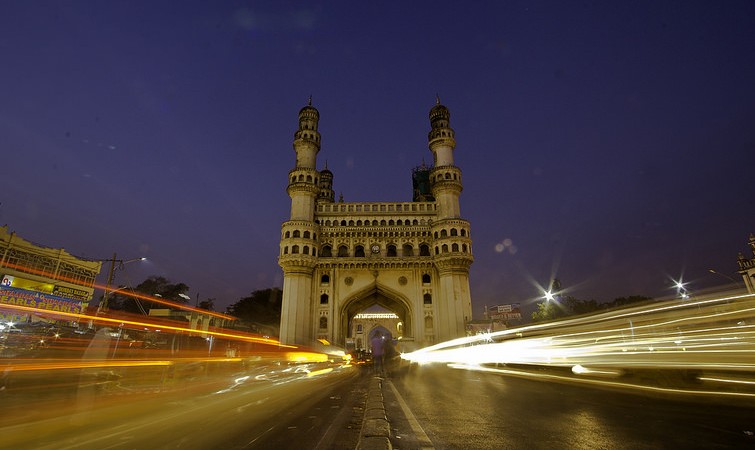
Photo: https://goo.gl/JsOMys
Amongst the most prominent heritage buildings in India is Charminar in Hyderabad. However, this monument has significance for Muslims as well, as the structure was created to represent the first four caliphs of Islam. The legend has that the monument was constructed after the prayers of Sultan Muhammad Quli Qutb Shah were fulfilled regarding the suppression of plague.Built from granite, mortar and lime, this sacred structure reflects an unusual mix of mosque and arc architectire together.
Haji Ali, Mumbai
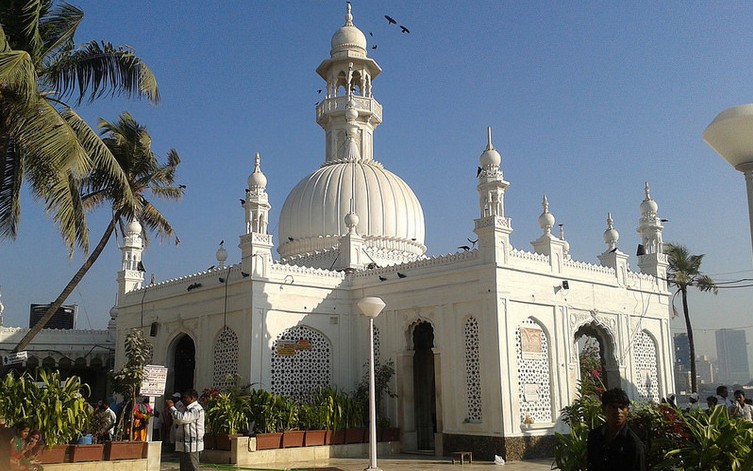
Photo: https://goo.gl/0SYOib
Known for its special location on an islet in Southern Mumbai, Dargah Haji Ali is a must visit for all Muslims visiting India. Dedicated to Muslim Saint Pir Hazrat Haji Ali Shah Bukhari, the shrine is visited by thousands of pilgrims irrespective of their religions. According to a record, more than 40,000 pilgrims visit this shrine to offer Chaddar and sincere prayers. During URS (Death anniversary of the saint) and Eid-E-Milad-un-Nabi, special Islamic rituals are performed here. Hazrat Haji Ali Saint is known to have given up all his worldly possessions and went to Mecca. His selfless acts towards the people made him a highly revered personality. It is also believed that he asked his followers to cast his body in a coffin in the Arabian Sea when he dies. Soon after his demise, his followers did as they were asked. However, it is said that the coffin stuck on the piles of rocks, and this is where his Dargah stands today.
Hazrat Nizamuddin Dargah, Delhi
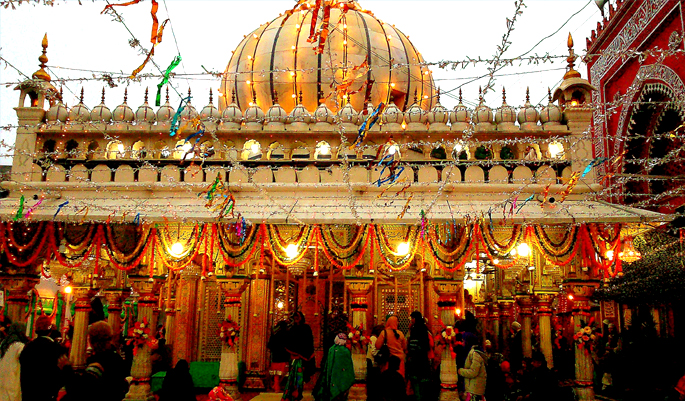
Photo: https://goo.gl/bvrKzW
Located amidst a chaotic market area, Hazrat Nizamuddin Dargah is one of the most prominent places for Muslims to visit in India. The marble shrine of the Sufi Saint, Hazrat Nizam-ud-din Auliya is a notable point of pilgrimage for Muslims. Other tombs in the compound include that of Jahanara (daughter of Shah Jahan) and the renowned Urdu poet Amir Khusru. The Dargah is one of the most extraordinary places to listen to Sufi music and qawwali (Islamic devotional singing) at sunset. On every Thursday, people gather here to be part of this heavenly experience. Scattered around the surrounding alleyways are more tombs and a huge baoli or a step-well.
Cheraman Juma Mosque, Thrissur
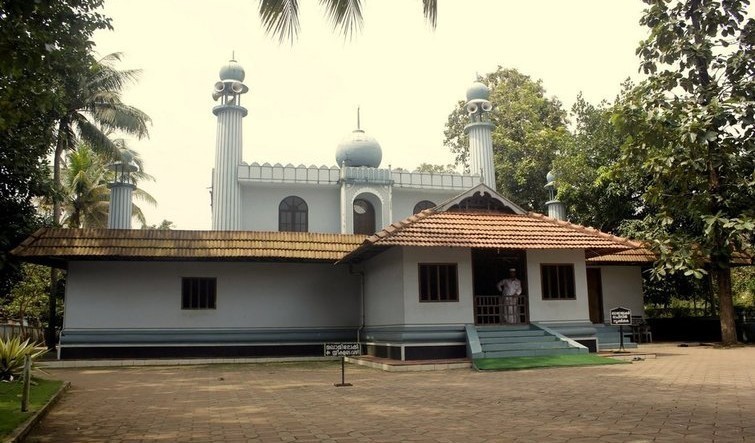
Probably the oldest mosque in the country, the Cheraman Juma Masjid is said to have been built in 629 AD and then was rebuilt in the 11th century AD. The mosque takes one back in the glorious years of Islam in India and of course help in acheiving inner peace and tranquility. It was built on a place rewarded by the last Chera ruler who upon witnessing a miraculous phenomenon, travelled to Mecca and adopted Islam. The mosque is built in a distinctive meld of Dutch-Kerala and Hindu architectural styles.
Piran Kaliyar Sharif, Haridwar

Piran Kaliyar, also known as Kaliyar Sharif is dedicated to Sufi Saint Hazrat Alauddin Ali Ahmed Sabir also known as Sabir Kaliyari who lies here in peace. The 13th century saint was the successor of the great Sufi poet and Saint Hazrat Baba Farid of the Chishti order. The tomb was built by Ibrahim Lodhi and typifies the Islamic architecture with its carved grillwork. During the months of May-June, a 15-day Urs is celebrated at the Dargah on which people belonging to all religions, castes and creeds turn in multitudes. After the initial religious rituals, the Urs takes on a festive mood with quawwalis and mushairas becoming the order of the day.
Shah-e-Aalam, Ahmedabad

Photo: https://goo.gl/Zh9h0x
Shah-e-Alam’s Tomb also known as Rasulabad Dargah or Shah Alam no Rojo is a medieval mosque and tomb complex (Roza) in Shah Alam area of Ahmedabad. Shah-e-Alam is believed to be the son of Sayyid Burhanuddin Qutub-ul-Alam and the great grandson of the much celebrated Sayyid Jalauddin Hussain Bukhari of Uch who is also known as Makhdoom Jahaniyan Jahangasht. Shah-e-Alam was the guide of Mahmud Begada’s youth, and afterwards one of the most revered of Muslim religious teachers of Ahmedabad. Therefore, it is a good idea to visit the tomb of Shah-e-Alam whose auro can still be felt in this holy Dargah.
Haji Pir Dargah, Kutch
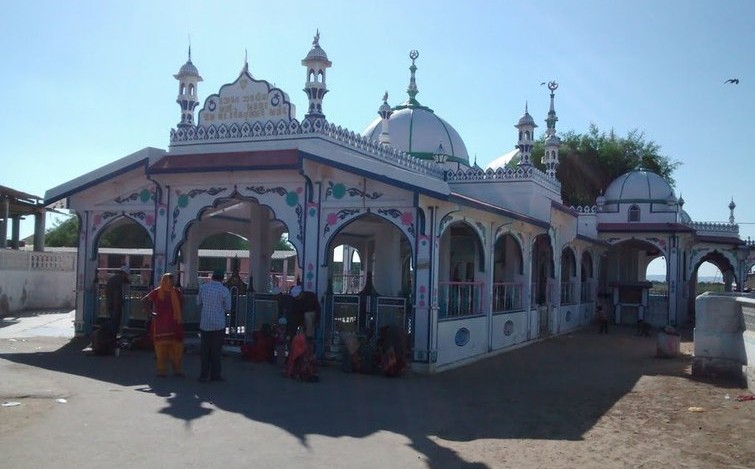
Photo: https://goo.gl/x6cocQ
Haji Pir Dargah of Kutch is an important attractions in Gujarat Tourism, thus is indeed a significant place for Muslims to see in India as well. People of all religions come here to seek the blessing of Pir Haji Ali Akbar, who used to save the cows that were driven away by the local goons and dacoits in the village named Nara. He later on was entitled to be a “Haji” after his visit to the greatest pilgrimage of the followers of the Islam faith, the Haj. Locals also used to call him Haji Pir and Zinda Pir. People here believe those who visit the Haji Pir Dargah and make a wish, their wish never goes unfulfilled. Believers also travel four miles to the Karol Pir after visiting this Dargah.
Nakhoda Mosque, Kolkata

Photo: https://goo.gl/eV4OWx
Reckoned to be the largest mosque in Kolkata, Nakhoda Mosque is a must see in India. Situated in the Chitpur area of the Burrabazar business district in Central Kolkata, at the intersection of Zakariya Street and Rabindra Sarani, this gigantic mosque has the capacity to accommodate around 10,000 people at a time. Abdar Rahim Osman in the year 1926 laid the foundation stone of the mosque. The architecture is based on Indo-Saracenic designing and contains a spacious prayer hall, a dome and two minarets. The entrance of the shrine has been designed like the Buland Darwaza at Fatehpur Sikri.
Pazhayangadi Mosque, Malappuram District
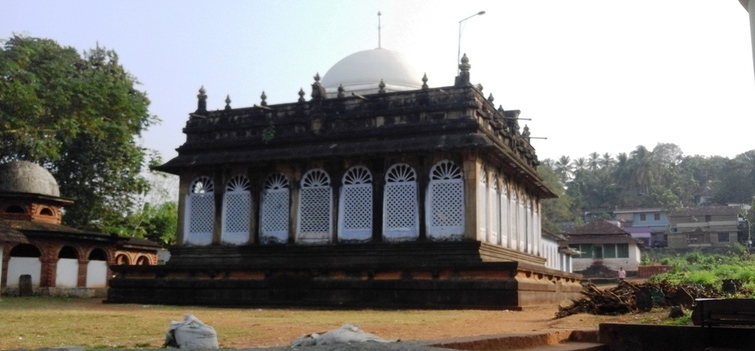
Photo: https://goo.gl/wiVgEK
Pazhayangadi Mosque or Kondotty mosque is a 500 year-old Muslim shrine in India. It is situated in north Kerala and is considered to be the prominent pilgrim centre of the Muslims in Kerala. This mosque is connected with the Muslim Saint Hazrat Muhammed Shah, who is also known as Kondotty Thangal. The ‘Valia Nercha’ fair at this mosque is celebrated for three days in February-March and is a significant festival which draws a lot of devotees from around the country.
Rauza Sharif of Sheikh Ahmed Farooqi, Sirhind-Bassi Pathana Road
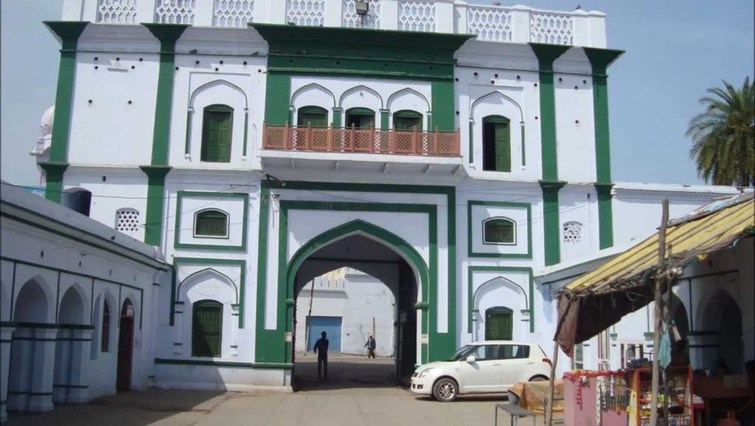
Photo: https://goo.gl/Fvb1Kz
The magnificent Rauza Sharif is a mausoleum which commemorates the burial place of Mujadid-alf-Saani Sheikh Ahmed Farooqi, Kabuli, Sirhindi who lived during the time of Akbar and Jahangir (1563 to 1634). It is an old mosque adorned with a beautiful and spacious mausoleum that is venerated as a second Mecca by Suni Muslims. The tomb is said to be visited annually in or about August by thousands of Naqshbandi Muslims from Pakistan, Afghanistan, Indonesia and India.
Solah Khamba Masjid, Bidar

Photo: https://goo.gl/WABrVG
Solah Khamba Masjid or the Zenani Masjid or the sixteen-columned prayer hall was built in 1423 AD by Prince Muhammad prior to the shifting of the capital to Bidar by the Bahamanis. This is believed to be the oldest Muslim building in Bidar and among the largest in India. Therefore it is a must visit for any Muslim who like to learn about the Islamic architecture and history. It is also said that Aurangzeb, after the conquest of Bidar, held prayers here to decree Mughal sovereignty. Steps lead to the top from where a panoramic view can be had of the countryside.
Taj-ul-Masjid, Bhopal

Photo: https://goo.gl/AItUZM
One of the most impressive structures in Bhopal is the Taj-ul-Masjid. The mosque is also one of the largest and most elegant Muslim mosques in India. Literally translated as ‘The Crown of Mosques’ could never be completed due to lack of money, and after a long lay-off, construction was resumed in 1971. The pink façade of the mosque is topped by two huge white-domed minarets pointing upwards to the sky. The mosque also has three huge bulbous domes; an impressive main hallway with attractive pillars; marble flooring and a spacious courtyard. Taj-ul-Masjid is one of the largest mosques in Asia with a large tank in the centre and an imposing double storeyed gateway with 4 recessed archways and 9 imposing cusped multifold openings in the main prayer hall. Some of the main features of this great mosque are the 18 storey high octagonal minars, onion shaped marble dooms and the gossamer fine screens of trellis work in the prayer hall.
Khwaza Bande Nawaz, Gulbarga
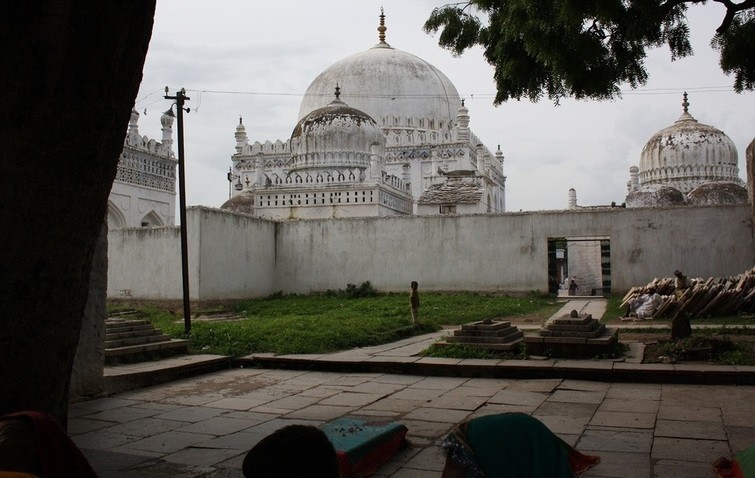
Photo: https://goo.gl/HY3haq
One of the most significant monuments in Gulbarga, Karnataka is the Khwaza Bande Nawaz Dargah. The tomb of the great Sufi saint, Khwaza Syed Mohammad Gesu Daraz, also known as Khwaza Bande Nawaz. It is a magnificent building done in the Indo-Saracenic style that reflects the highlights of the two cultures. The arches are done in Bahmani architecture, while the paintings on the walls and the domes are Turkish and Iranian in style. The Dargah is the venue of an annual ‘Urs’, which is attended by thousands of people irrespective of any religion. There is also an in-house Library in premises of the Dargah where as many as 10000 books in Urdu, Persian and Arabic on subjects ranging from history and literature are kept.
We are sure there are plenty of other places that can be recommended to our Muslim brother and sisters to visit in India. If you have more suggestions, please mention them in the comment below and we shall add them to the list. If you liked the blog, please give us a LIKE and a SHARE. And in case you are planning a visit to one of these places but don’t know how to go about it, then allow us at Tour My India to help you plan your visit. You can give us a call at +91-9212777223 or drop us your query at info@tourmyindia.com. We ensure hassle free tours in India and offer travel packages that are both in your budget and serve all your interest.
Published: 23 Jul, 2016
From the Lake District, Nainital, Nidhi Singh is a travel writer whose love for mountains can be seen in her write ups. Talk about solo travelling, indulging in adventure activities, binging on good food, planning budget trips or the Aurora Borealis and you will get all her attention. It is the wanderlust that keeps her going and if at all she could get one wish granted she would love to live a life less ordinary. Follow her on Twitter, Facebook & Instagram.


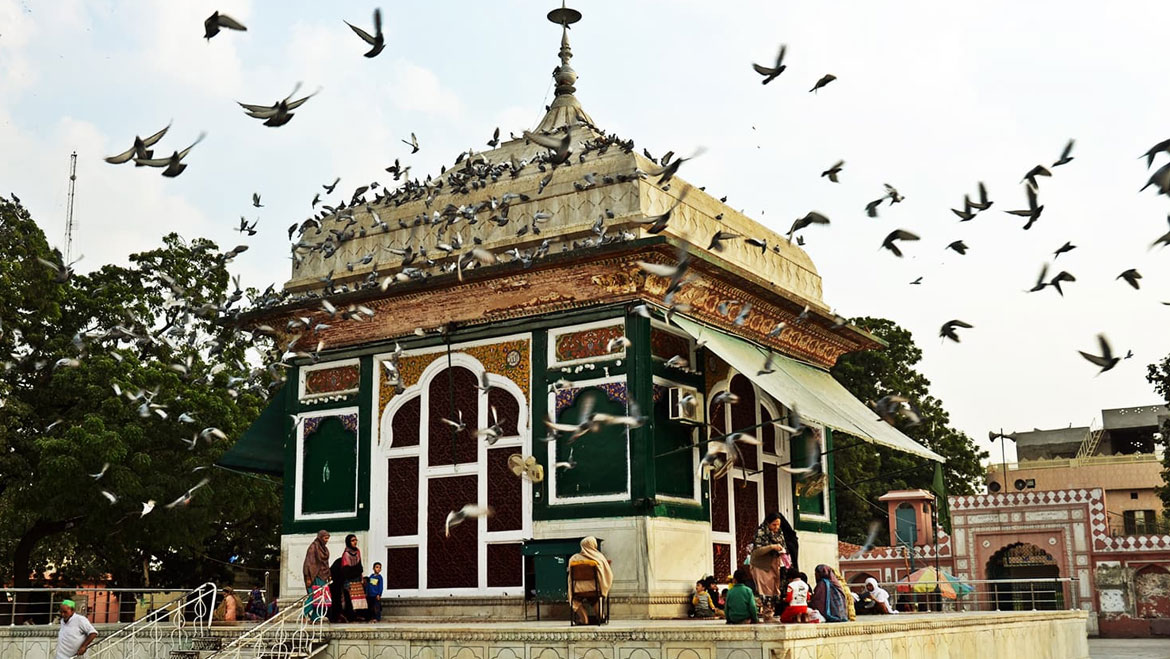
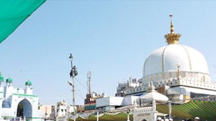 6 Nights / 7 Days
6 Nights / 7 Days 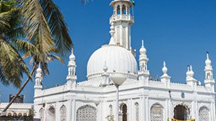 5 Nights / 6 Days
5 Nights / 6 Days  6 Nights / 7 Days
6 Nights / 7 Days  4 Nights / 5 Days
4 Nights / 5 Days 























